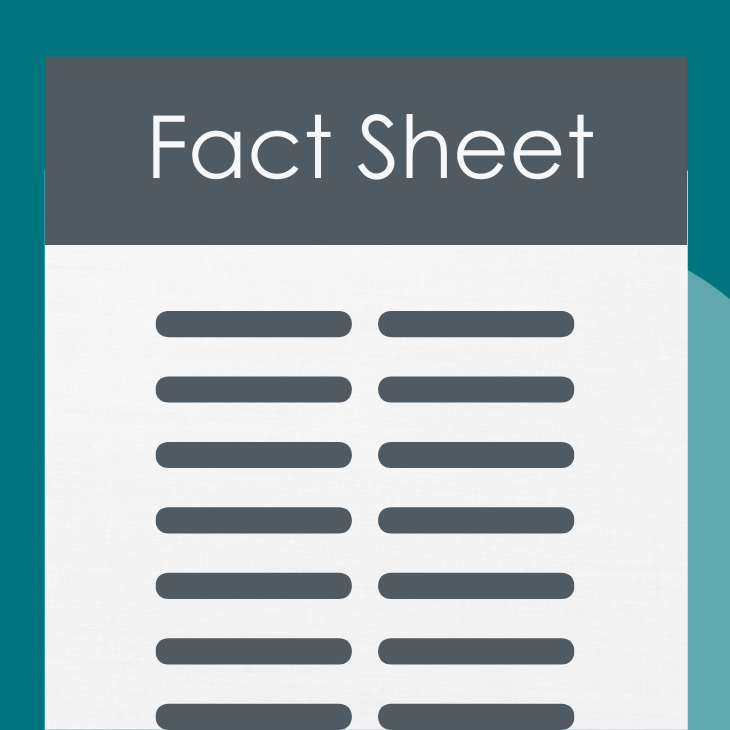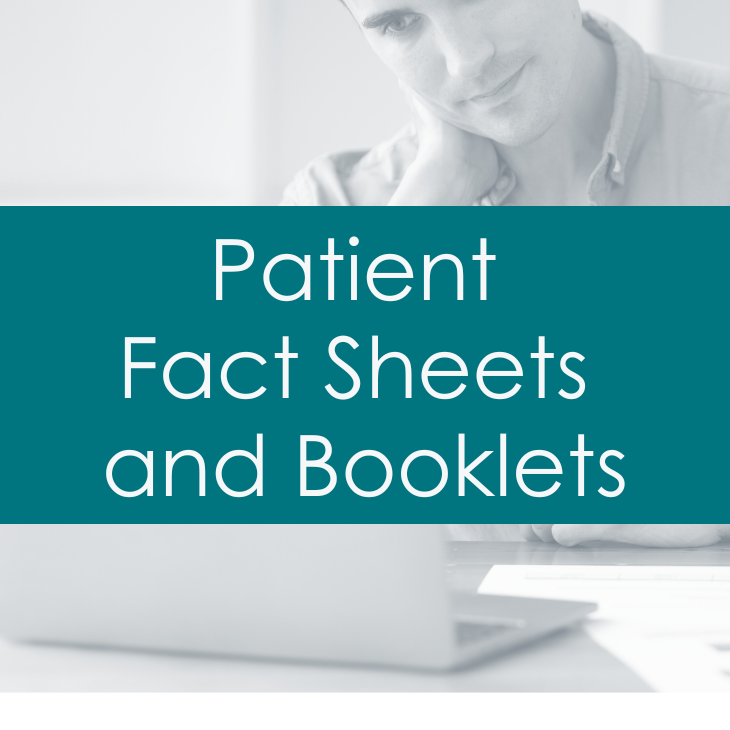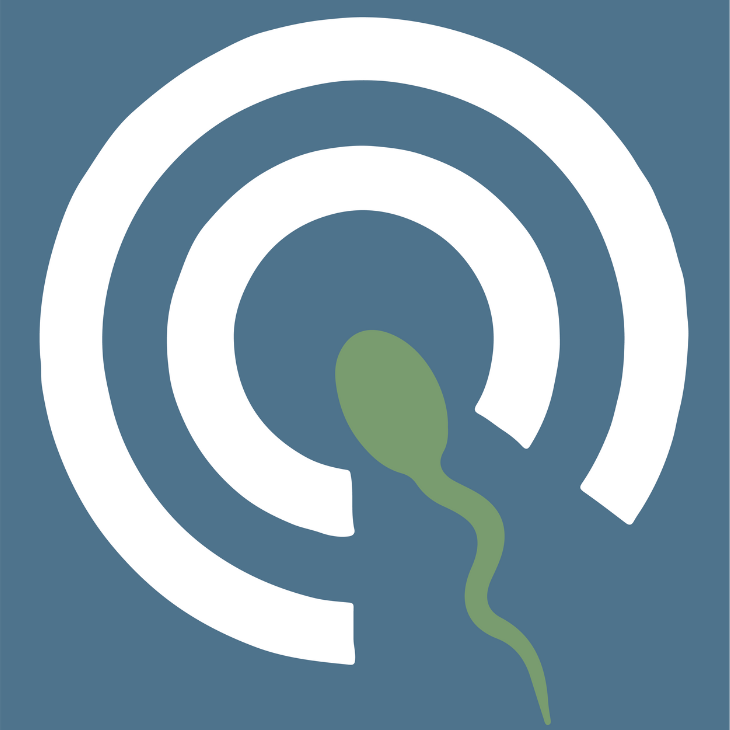
Revised 2021
What is puberty?
Puberty refers to the normal physical changes that happen as a child develops into an adult. Though they happen in different areas of the body, these changes are all related to each other. Some of these changes include getting taller (due to bone growth), growing pubic hair (dark coarse hair around the vagina due to changes in hormones), underarm hair and breasts, and the start of regular, monthly menstrual bleeding.Ultimately, puberty leads to fertility (the ability to become pregnant) and release eggs from her ovaries regularly.

During puberty, the brain starts sending signals to the ovaries and adrenal glands. In response, the ovaries make the hormones estrogen and progesterone. Adrenal glands make small amounts of the “male” hormones (androgens), such as testosterone. These hormones cause the breasts to grow, pubic and underarm hair to grow, and the start of monthly menstrual periods.
How can puberty be measured?
In the most general sense, puberty can be measured in 3 ways:
- Timing – age it started
- Sequence – stage of puberty
- Tempo – how fast or slow changes occur
What is the normal timing of puberty?
The average age of menarche (1st period) is around 12 years ago. The period usually starts around 2-3 years after breast development starts. Any concern for early puberty should be checked by a healthcare provider.
Several factors can change when puberty begins, such as body weight. Girls with increased body weight may show signs of puberty early. Girls who are underweight may not show signs of puberty until later. Girls who do not have any signs of breast changes by age 13-14 or girls who have breast changes but no menstrual periods by age 15 may need to see a healthcare provider.
What is the normal sequence of puberty in girls?
The order of changes in puberty can be different from person to person. Generally, the first major signs of puberty are getting taller and the beginning of breast development. Rapid changes in a girl’s height happen later. Pubic hair often appears next, followed by the beginning of menstrual periods, full breast maturity, and the release of eggs from the ovary every month (ovulation). Sometimes, pubic hair can come before breast development. At first the menstrual periods may not be regular or occurring every month.
How fast should puberty occur?
If these changes instead happen over several months, this may be a sign of abnormal puberty and should be checked by a healthcare provider. If a girl does not start having menstrual periods within 5 years of beginning puberty, this may be a sign of delay and should be checked by a healthcare provider.
Are there psychological changes that occur during puberty?
For most girls, puberty causes some stress. Girls may have changes in self-esteem, independence, and sexuality. Some girls may feel depressed or nervous during this time. With earlier puberty, girls’ bodies may develop faster than their emotions, intellect, or sexuality. For many girls, puberty is accompanied by more interest in relationships and dating.
What are the causes of early or late puberty?
There are many different causes. In many girls, no specific cause is found. Early or late puberty may run in families. Other causes may be due to genetics, hormones, anatomy, body weight, or exposure to medicines.
How can a diagnosis of early or delayed puberty be made?
This diagnosis is generally made by a reproductive or pediatric endocrinologist after a careful history and physical exam, often with additional blood tests or x-rays. An x-ray can show a girl’s bone age, which should be about the same as her actual age. What is the treatment for abnormal puberty? Treatment for abnormal puberty depends on the cause and will vary between girls. Each girl with abnormal puberty will have her own treatment plan.
Fact Sheets/Booklets
View more fact sheets and booklets written by the ASRM Patient Education Committee.
Menopausal Transition (Perimenopause): What Is It?
The menopausal transition (perimenopause) is the period that links a woman’s reproductive (childbearing) years and menopause.
Osteoporosis
Osteoporosis and osteopenia are conditions of having low bone mass (density).
Hyperprolactinemia (High Prolactin Levels)
Prolactin is a hormone produced by your pituitary gland which sits at the bottom of the brain.Female Fertility
Find a Health Professional











